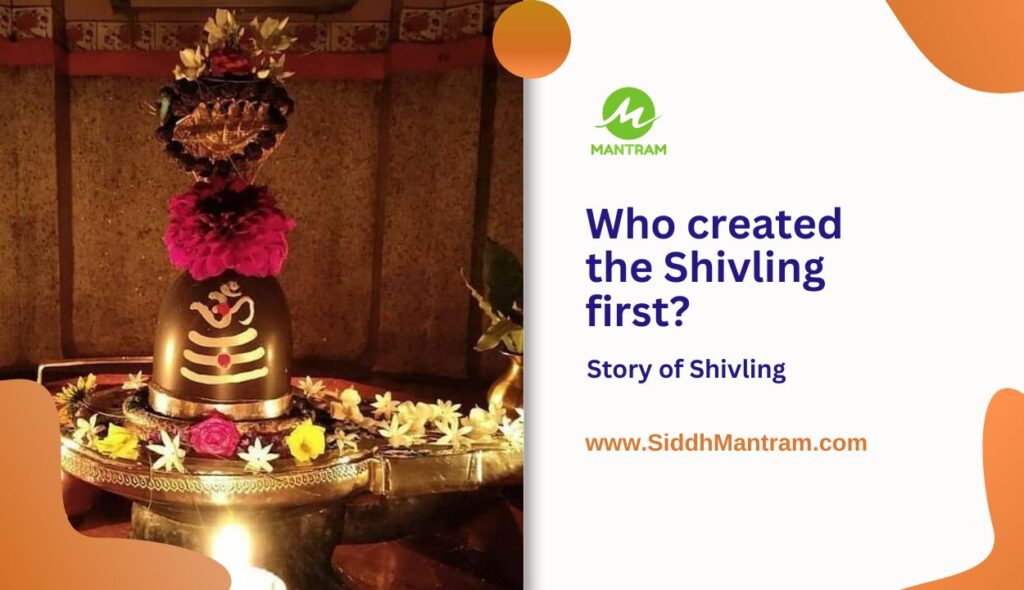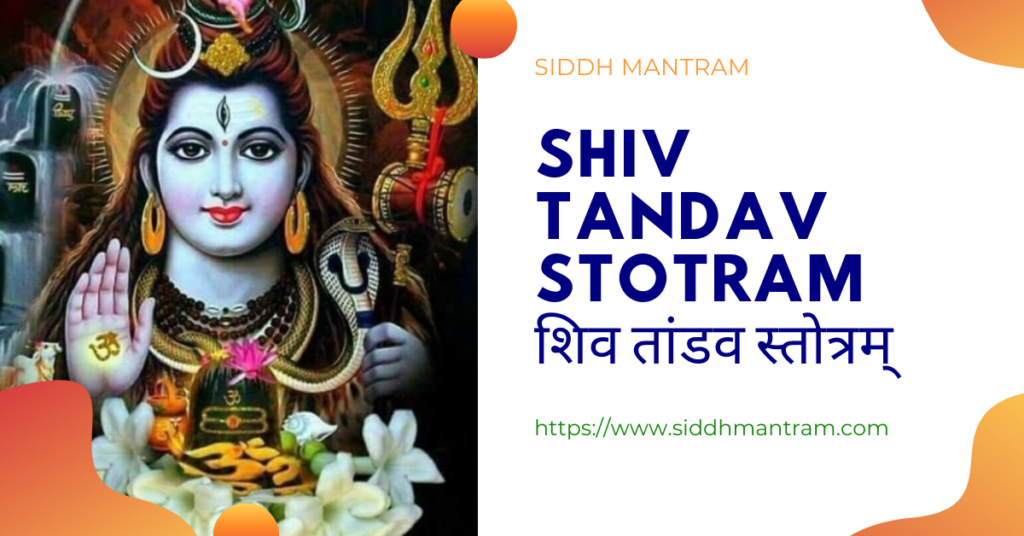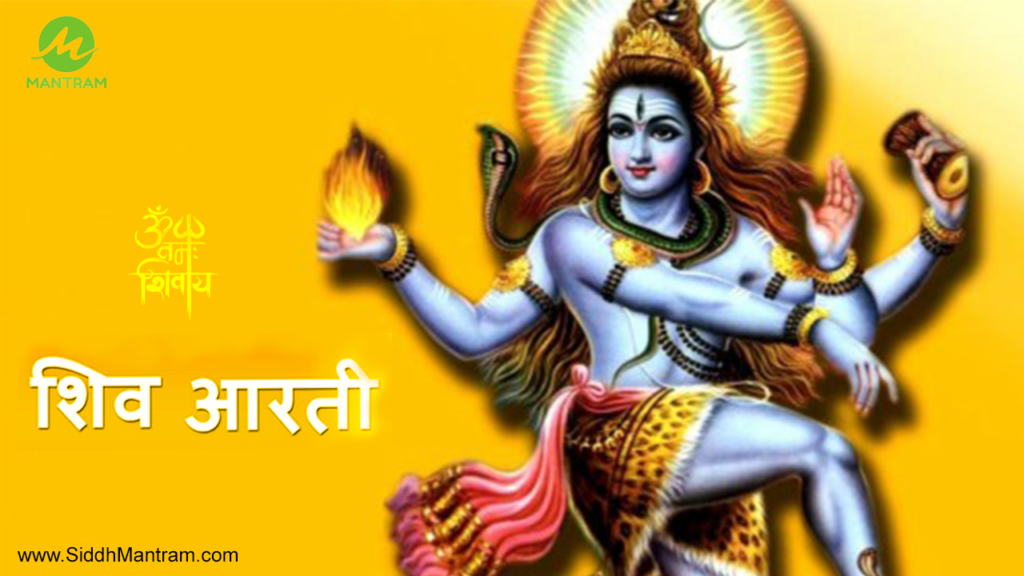The tale of Shiva Linga, also known as Lingodbhavamurthy, is intricately linked to the celebration of Mahashivaratri.
his legend unfolds the futile quest undertaken by Brahma and Vishnu to ascertain the Aadi (beginning) and the Antha (end) of Lord Shiva.
Through this narrative, the legend underscores the supremacy of Lord Mahadeva over other Hindu deities and elucidates why the Shiva Lingam holds immense significance as one of the most powerful symbols in Hindu beliefs.
This story finds its detailed depiction in three prominent Puranas – the Kurma Purana, the Vayu Purana, and the Shiva Purana.
Story of Shivling
According to the Shiv Mahapuran, Brahma once asked Shri Narayan, stating that Narayan is his father as he had originated from Narayan’s navel.
However, Brahma was curious to know who Narayan’s father was.
In response, Brahma and Lord Vishnu began rotating a mountain, and during this rotation, a pillar of fire emerged. A voice emanated from the pillar, identifying itself as Shiva.
Brahma and Vishnu then constructed the first Shivling.
Upon observing the immense size of the Shivling, Brahma wondered about the location of Lord Shankar’s feet and head. Brahma, expressing his desire to see the end of the Shivling and Lord Shankar’s feet, initiated a quest.
Vishnu, wanting to see the feet of his father, chose to descend. However, he couldn’t find the feet. On the other hand, Brahma, climbing upwards, also couldn’t locate the head.
Brahma assumed that Vishnu had found the feet, and, thinking he would be laughed at, decided to deceive.
Finding a ketaki flower, Brahma instructed it to accompany him and falsely inform Vishnu that Brahma had discovered the head of the Shivling.
The ketaki flower hesitated, questioning the motive behind the lie. Brahma assured it with the boon of being dedicated to all gods and emitting fragrance. The flower agreed, and Brahma also promised a boon to a passing cow, ensuring the first offering from every house.
Upon reuniting, Brahma inquired if Vishnu had found the feet, to which Vishnu replied negatively.
The Shivling then affirmed the truth of Vishnu’s statement, renaming him Satyanarayan. When asked about the head, Brahma falsely claimed success, leading to a contradiction from the Shivling itself. Brahma sought validation from the ketaki flower and the cow, who confirmed the lie.
Shiva, exposing the falsehood, cursed the ketaki flower never to be offered to him, imposing a severe penalty for any inadvertent dedication. He also cursed the cow, declaring her whole body worshipable but her mouth unworshipable.
Undeterred, Brahma continued to deny the accusations until Lord Shankar manifested from the Shivling, created Kaal Bhairav, and instructed him to punish Brahma for his lies.
Kaal Bhairav beheaded Brahma using a nail from his toe, and the severed head of Brahma transformed into a rolling entity, creating a river named ‘Karmnasa’ from its blood.



